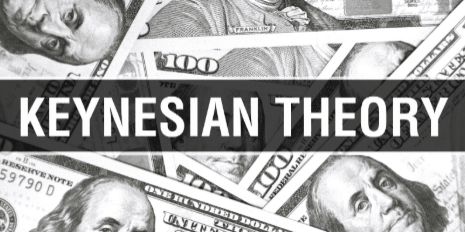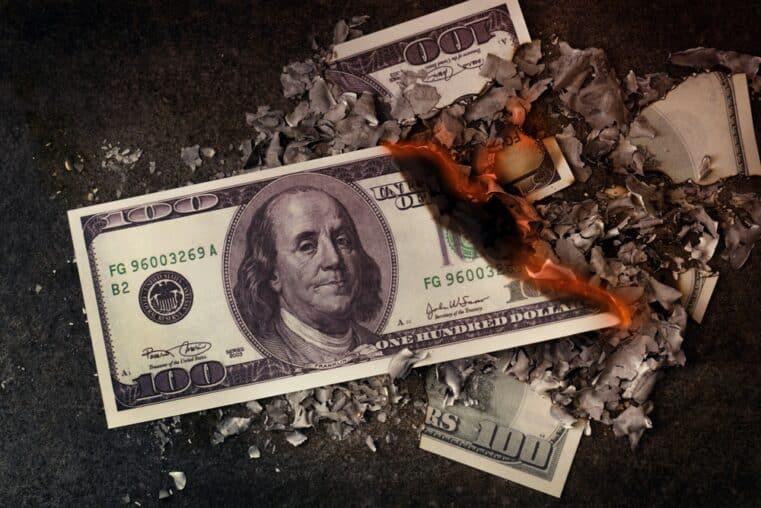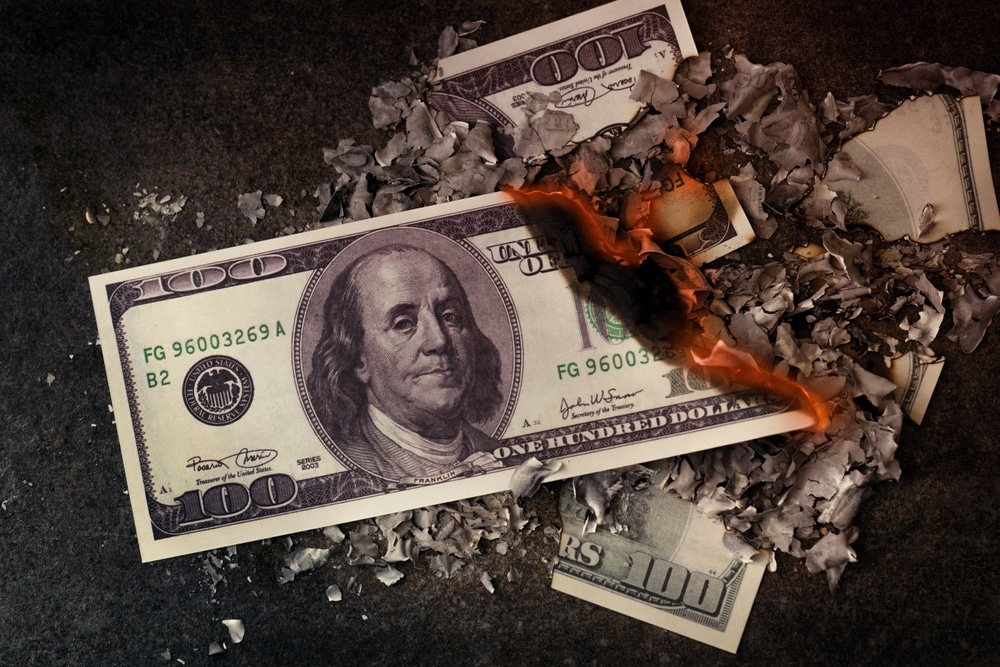
The Keynesian Myth: Why Spending Won’t Save the Economy
John Maynard Keynes built his economic framework on a dangerous myth: that an economy suffers from prolonged unemployment due to insufficient spending. According to this view, when consumers and businesses cut back on expenditures, revenues dry up, inventories pile up, and unemployment skyrockets. Keynesians argue that because wages are "sticky"—meaning workers resist pay cuts—this creates a downward spiral where falling incomes lead to even less spending, deepening the recession. Their solution? Government intervention, through deficit spending and money-printing, to artificially prop up demand.
It sounds tidy in theory, but in reality, this approach has been a recipe for disaster. The Keynesian prescription has given us runaway debt, asset bubbles, and chronic economic distortions. It prioritizes consumption over production, paper money over real value, and government meddling over free markets. But to dismantle this illusion, we must first understand the fundamental flaw in Keynesian thinking: the misplaced emphasis on spending.
The Worship of Spending: A Flawed Foundation
Despite its failures, Keynesian doctrine remains gospel among mainstream economists. A widely cited American Economic Review article from 2022 typifies this mindset:
“The fact that some goods are no longer available has two effects on consumer choice. First, it makes it less attractive to spend overall and induces consumers to postpone spending to the future.”
“These income losses can depress spending in the rest of the economy.”
“We only need to replace enough income to sustain the pre-pandemic level of spending in the sectors still active.”
Notice the obsessive focus on spending, as if economic health is simply a function of how much money is changing hands. Keynesians believe that as long as the flow of dollars continues, prosperity will follow. This is precisely the same fallacy embraced by central bankers, who argue that flooding the system with cheap credit and stimulus checks will magically restore economic strength.
Even some so-called free-market economists have fallen into this trap. Milton Friedman, for example, spent his career critiquing Keynesian policies, yet he continued to use the language of "aggregate nominal demand." Modern-day monetarists have followed suit, advocating for policies that aim to stabilize spending rather than allowing markets to correct naturally.
But this fixation on spending ignores a crucial truth: spending is a result, not a cause, of economic activity. It is production—guided by consumer preferences, price signals, and entrepreneurial decision-making—that drives the economy forward.
Say’s Law: Why Production, Not Spending, Creates Wealth
Keynes was not the first to fall into the spending illusion. Over a century before him, mercantilists argued that recessions occurred because people weren’t spending enough money. In 1803, Jean-Baptiste Say dismantled this fallacy by articulating what later became known as Say’s Law: supply creates its own demand.
Say’s insight was simple yet profound: a person’s ability to demand goods in the marketplace depends on their ability to produce and trade something of value. If an economy appears to suffer from a "lack of spending," the real issue is not that people aren't handing over enough money—it's that production has been misaligned with consumer desires.
What about hoarding? Keynesians claim that if people sit on cash rather than spending it, demand dries up, leading to economic stagnation. But this ignores the reality that money itself is a good with demand and supply. If people choose to hold more cash, it's because they value liquidity over the goods currently available. This isn’t a flaw in the market—it's a signal that production needs to shift to meet changing consumer preferences.
As Murray Rothbard explained in America’s Great Depression, downturns are not caused by insufficient spending but by prior malinvestments—bad bets made during periods of artificial credit expansion. When the bubble inevitably bursts, the correction phase is necessary to realign resources with real demand. Keynesian policies that attempt to short-circuit this process only prolong the pain.
The Economy Is Not a Machine—It’s a Latticework of Individual Actions
Keynesianism reduces the economy to a crude two-agent model: households and firms. It assumes that recessions occur when households stop spending and that government can simply inject money to "restart the engine." This is the foundation of the infamous "circular flow" diagram taught in economics textbooks—a neat and tidy vision that bears no resemblance to reality.
But the real economy is not a simple circle—it is a latticework of millions of individual actors, each making decisions based on their own values, knowledge, and circumstances. Entrepreneurs take risks, investors allocate capital, workers negotiate wages, and consumers decide what to buy based on constantly shifting preferences. The economy is an organic, decentralized system—not a machine that can be fine-tuned by bureaucrats.
Rothbard captured this truth best:
“…the price system, and the profit-and-loss incentives of the market, guide capital investment and production into the proper paths. The intricate latticework can mesh and ‘clear’ all markets so that there are no sudden, unforeseen, and inexplicable shortages and surpluses anywhere in the production system.”
Notice what’s missing from this view? Aggregate spending. The Keynesian obsession with "stimulating demand" through government intervention is like trying to fix a broken watch by shoving more gears into it. The real solution is allowing the market’s price system to function freely.
The Keynesian Delusion and the Road Ahead
Despite the obvious failures of Keynesian policies—decades of debt-fueled bubbles, monetary debasement, and government overreach—the establishment refuses to abandon its bankrupt ideology. The Federal Reserve continues printing, Washington continues spending, and the mainstream media continues parroting the same tired talking points about "stimulus" and "aggregate demand."
But you don’t have to be a victim of their economic malpractice. You can protect yourself by understanding the real forces that drive wealth and by taking control of your own financial future. That starts with recognizing the dangers of government-controlled money and the importance of sound assets like gold, silver, and decentralized cryptocurrencies.
For a deeper dive into the endgame of Keynesian economics and how to shield your wealth, I highly recommend Bill Brocius’ book, End of Banking As You Know It. Bill has been ahead of the curve on every major economic crisis in the last two decades, and his insights are invaluable for anyone who wants to stay ahead of the storm.
Additionally, I urge you to download Bill’s free guide, 7 Steps to Protect Your Account from Bank Failure. With banks increasingly vulnerable to systemic shocks, knowing how to safeguard your assets is more important than ever. Get your copy here:
🔗 Download the guide now
We are heading into an era of unprecedented economic upheaval. The sooner you reject the Keynesian illusion and take action, the better off you’ll be. Don’t wait until it’s too late.











